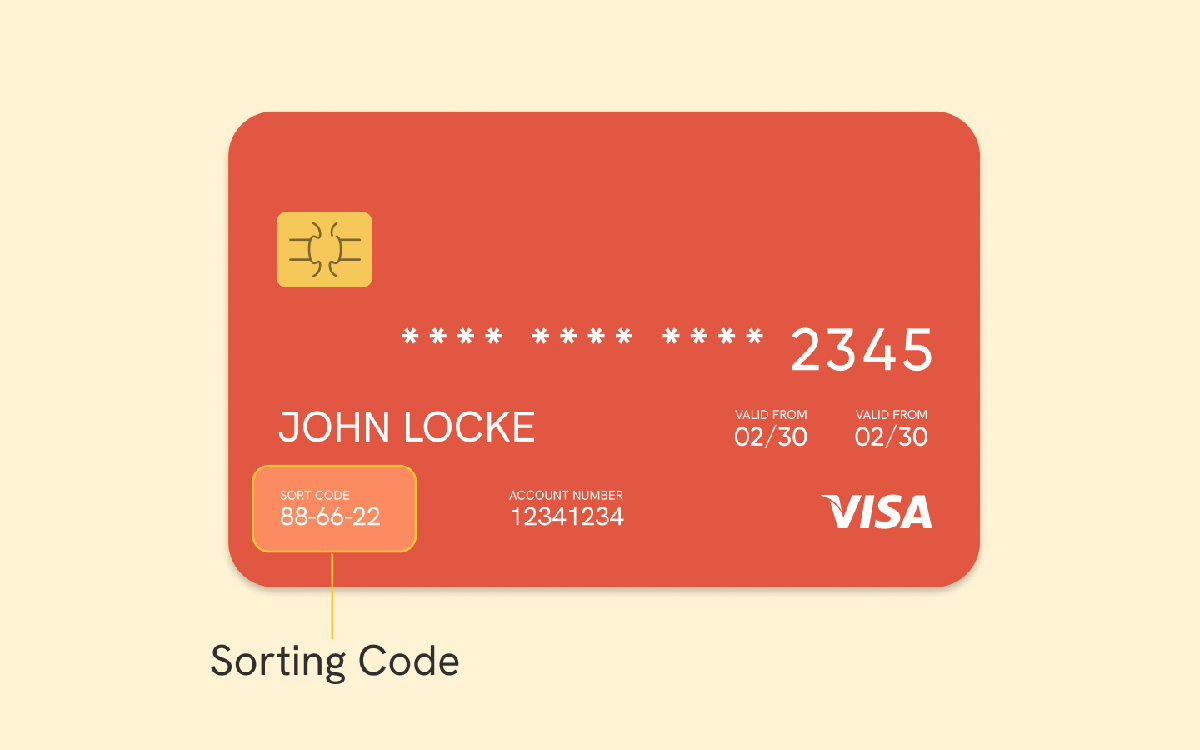Home>Finance>What Is An Authorization Code? Definition, Uses, And How It Works


Finance
What Is An Authorization Code? Definition, Uses, And How It Works
Published: October 10, 2023
Learn about the definition, uses, and working of an authorization code in finance to enhance your understanding and improve your financial dealings.
(Many of the links in this article redirect to a specific reviewed product. Your purchase of these products through affiliate links helps to generate commission for LiveWell, at no extra cost. Learn more)
What Is an Authorization Code? Definition, Uses, and How It Works
Welcome to our “FINANCE” category blog post where we delve into various topics related to managing your finances effectively. Today, we’ll be exploring the concept of an authorization code, its definition, uses, and how it works. So, buckle up and let’s dive into the world of authorization codes!
Key Takeaways:
- An authorization code is a unique combination of numbers or characters used to validate and authorize transactions in the finance industry.
- It plays a crucial role in ensuring the security and integrity of financial transactions, providing an extra layer of protection against unauthorized access.
Now, let’s get into the nitty-gritty details. An authorization code, often referred to as an auth code, is a vital component in the world of finance and transactions. So, what exactly is it?
An authorization code is a unique identifier, typically generated by a financial institution or payment gateway, that verifies the authenticity of a transaction request. This code serves as proof that the transaction has been authorized and approved by the account holder or the appropriate regulatory entity.
Wondering how an authorization code works? We’ve got you covered! Here’s a simplified breakdown of the process:
- A user initiates a financial transaction, such as a credit card purchase or a bank transfer.
- The request is sent to the financial institution or payment gateway for validation.
- If the transaction meets the necessary criteria and has sufficient funds, the institution generates a unique authorization code.
- The code is returned to the user, who then enters it into the appropriate field or provides it as necessary.
- The code is validated to ensure its authenticity, and if successful, the transaction proceeds.
Now that you understand the basic process, let’s explore some common uses of authorization codes:
- Online Transactions: When making purchases online, you may be asked to enter an authorization code to confirm your identity and validate the transaction.
- Card Present Transactions: In brick-and-mortar stores, an authorization code may be required for transactions made using a physical credit or debit card.
- Bank Transfers: When transferring funds between accounts, authorization codes may be used to ensure the transaction’s security.
So, why are authorization codes so important? Beyond the obvious benefits of security and validation, authorization codes help protect against fraudulent activities and unauthorized access. By requiring an authorization code, financial institutions can prevent unauthorized transactions and provide their customers with peace of mind.
In conclusion, an authorization code is a crucial component of the finance industry, providing security, validation, and protection against unauthorized transactions. Whether you’re making an online purchase or transferring funds, rest assured that this unique code plays a significant role in ensuring the safety of your financial transactions!














